China-Thailand Cooperation in Chang'e-7
According to the latest space science news from SCMP and NARIT , China and Thailand will cooperate on the Chang'e-7 lunar mission scheduled to launch in 2026.
Specifically, Thailand will accompany China's Chang'e-7 mission by bringing scientific instruments to study space weather and cosmic rays onto the Chang'e-7 spacecraft to measure lunar weather.
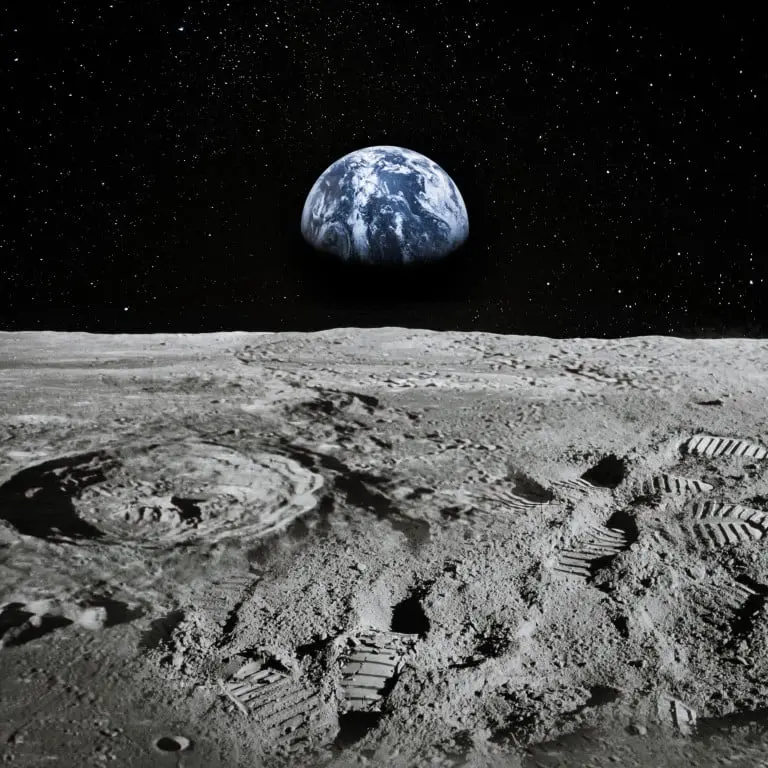
The moon is China's ambitious destination. Photo: Shutterstock
Device named Sino-Thai sensor package monitors space weather of the National Astronomical Research Institute of Thailand (NARIT) is one of seven international instruments selected to fly with the Chang'e-7 mission in 2026.
The device is currently in the engineering design phase, said Dr. Peerapong Torteeka, project director.
The 3kg device will contain a magnetic sensor pointed down at the Moon to monitor the magnetic field and send warnings to Earth during space weather events such as solar storms, said Dr Peerapong Torteeka.
Another upward-facing sensor will study low-energy cosmic rays in energy bands never before monitored continuously.
"In 2022, when China proposed an integrated international instrument for Chang'e-7, we decided to bring Thailand's scientific instrument on board the lunar orbiter because we have little experience with how things work on the lunar surface," said Peerapong Torteeka.
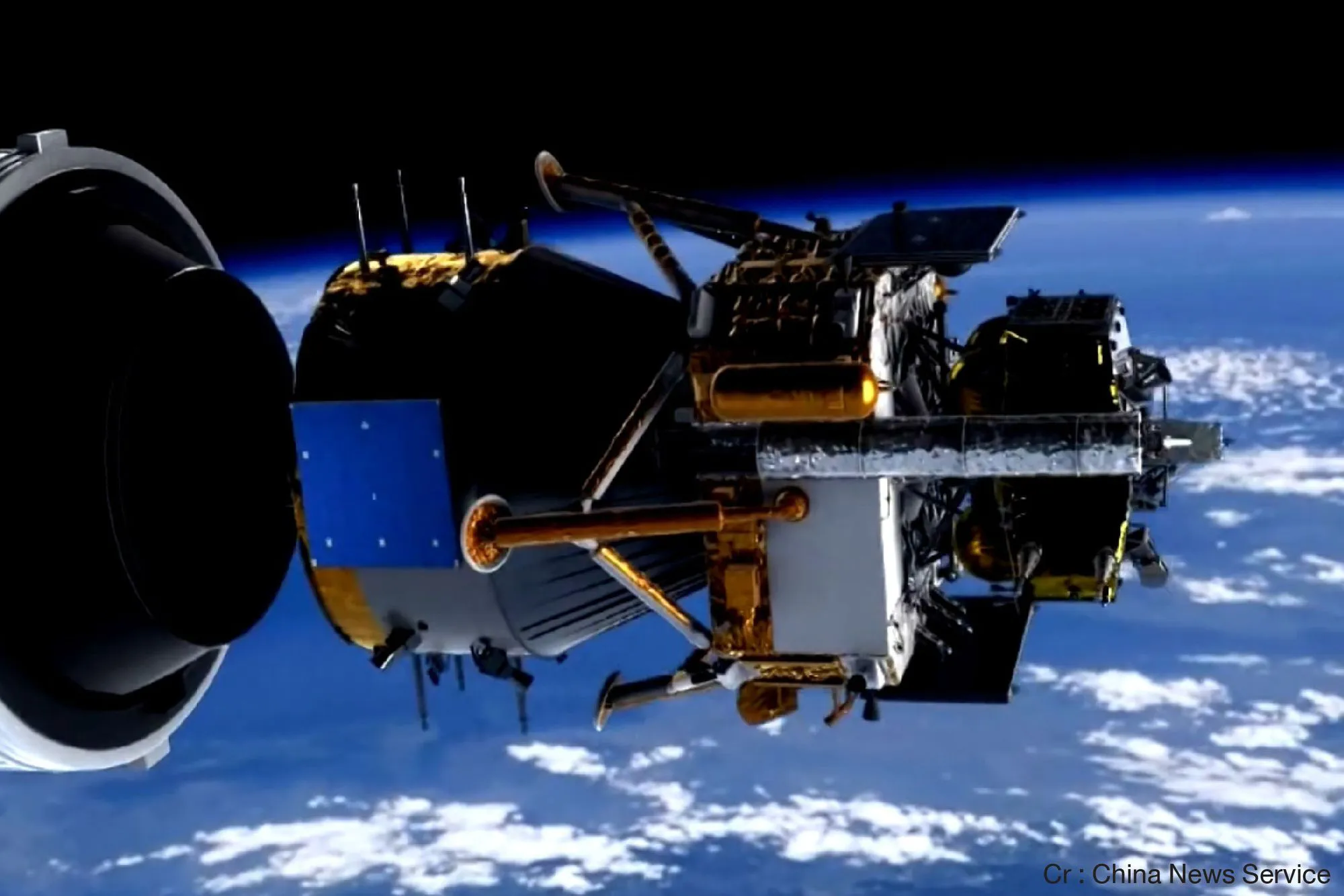
Thailand's Sino-Thai space weather sensor package will be integrated on China's Chang'e-7 orbiter. Photo: CNS
A few months later, he said the team was excited — and a little surprised — to learn that their proposal came in second in a preliminary selection conducted by the China National Space Administration (CNSA).
Now, Peerapong Torteeka and his colleagues from NARIT, Chiang Mai University and Mahidol University in Bangkok are working with Chinese counterparts from the National Space Science Center in Beijing, among others, to refine the detailed design and key technologies of the device.
Peerapong Torteeka, who spent six years in Beijing earning a PhD in aerospace engineering, said the plan is for the device to be shipped to China by the end of 2024 for timely assembly and testing before the official launch of Chang'e-7 in 2026.
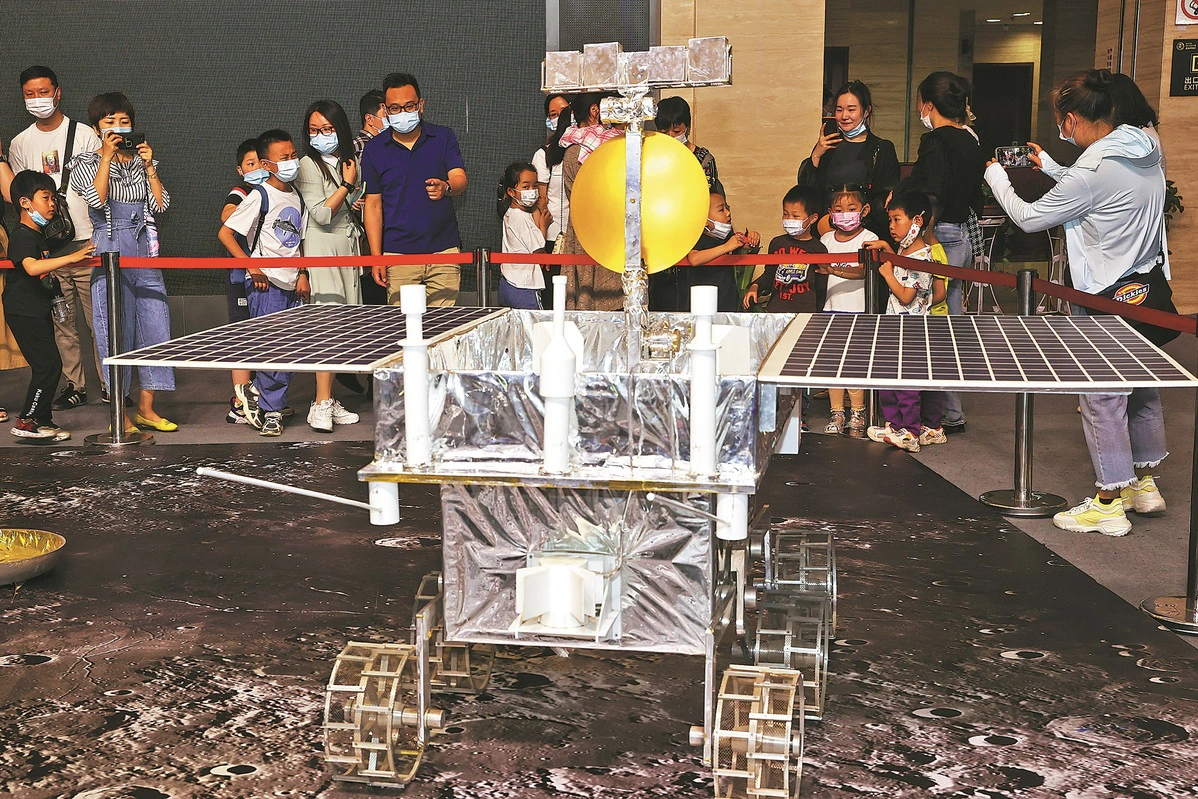
Visitors look at a model of China's lunar rover at an exhibition on achievements in space and deep-sea science in Wuxi, Jiangsu province, in May 2021. Photo: Xinhua
Chang'e-7 consists of an orbiter, a lander, a rover, a small probe and a relay satellite, and will carry more than 10 instruments built by Chinese scientists, CNSA said.
According to NASA data, Chang'e-7 was deployed by the China National Space Administration (CNSA) to carry out four missions:
1) Collect information on the Moon's interior structure, mineral/element composition, electric and magnetic fields, heat flow and gravitational field;
2) Study the distribution and sources of water and volatiles on the Moon, and directly confirm the presence and sources of water ice on the Moon;
3) Imaging energetic neutral particles in the Earth's magnetotail with high spatial, temporal and energy resolution;
4) Study the lunar environment, including surface magnetic fields, lunar dust, and radiation to elucidate the causes of surface magnetic anomalies.
China calls on international partners to join ILRS
In November 2022, with the desire to expand international cooperation, the China National Space Administration (CNSA) issued a call for space partners to cooperate, carrying international payloads in the mission to the South Pole of the Moon (Chang'e-7), including up to 15 kg of equipment on the orbiter and 10 kg on the lander.
According to Science and Technology Daily , as of April 2023, 18 proposals from 11 countries have been received.
In the list that the sheet SCMP Seven of the proposals have passed preliminary selection and are now in the engineering design phase.
These include a hyperspectral imager for water ice and lunar surface materials; a lunar dust and electric field detector; a lunar telescope and other instruments to analyze negative ions on the Moon.
Proposals came from research institutions and NGOs in Asia, the Middle East, Europe and North America.
Targeted for launch in 2026, Chang'e-7 will pave the way for the construction of the International Lunar Research Station (ILRS), a base built on the Moon by China and international partners for scientific exploration and resource utilization in the 2030s.
Established in 2004, the National Astronomical Research Institute of Thailand (NARIT) is the largest space research organization in Thailand.
It is expected that the National Radio Telescope of Thailand in Chiang Mai operated by NARIT can be used to track the orbits of spacecraft during ILRS construction missions.
In September 2023, Thailand officially joined the China-led ILRS project, after the NARIT delegation and the CNSA's Deep Space Exploration Laboratory (DSEL) signed a memorandum of understanding on Chang'e-7 and ILRS-related cooperation in Beijing on September 25, 2023.
South Africa and Azerbaijan have also become partners in the ILRS project in recent weeks.
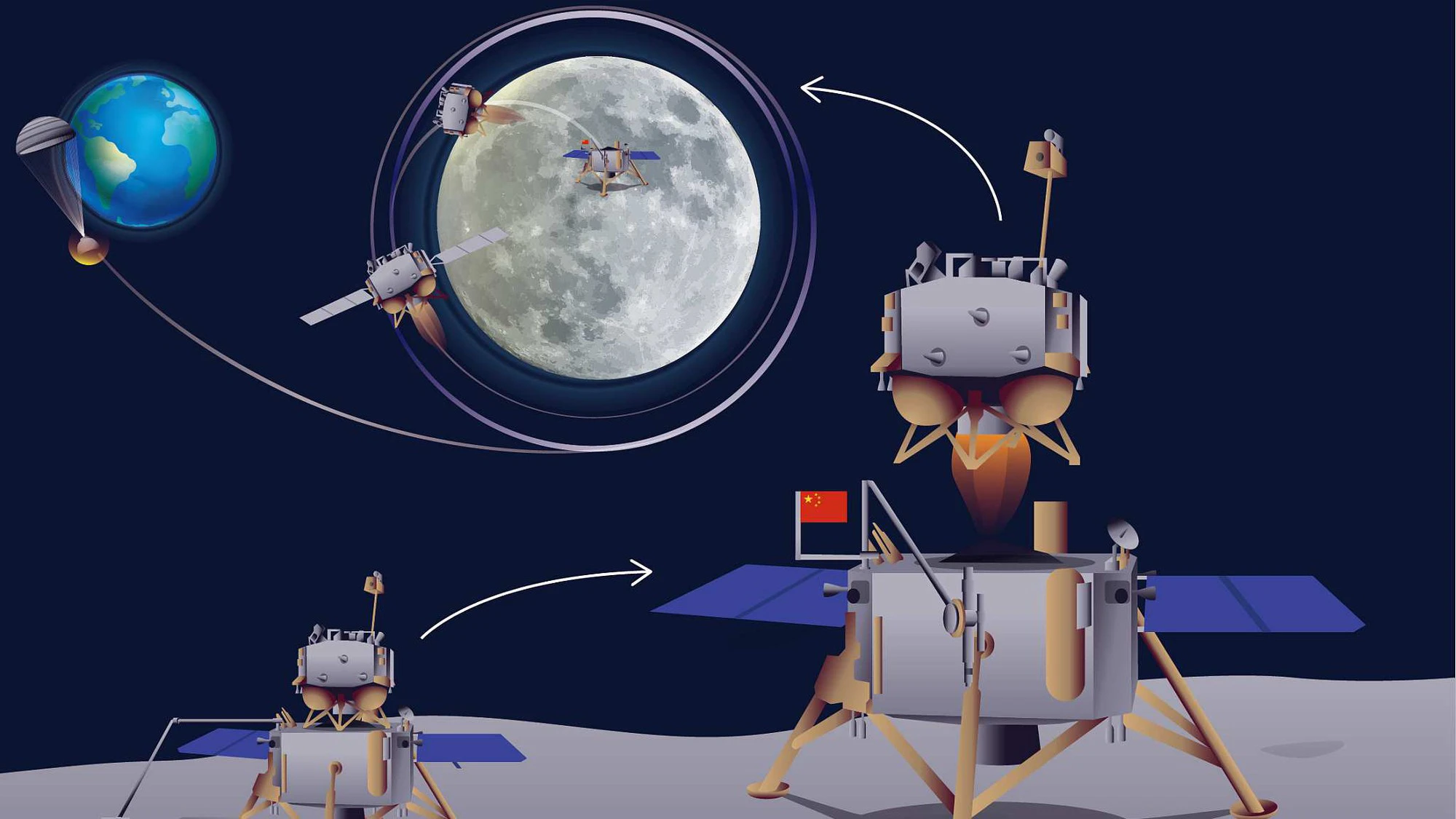
Summary of China's Chang'e-5 mission in 2020. Photo: VCG
The project to build the International Lunar Research Station (ILRS) was jointly initiated by China and Russia.
However, at the International Astronautical Congress (IAC) attended by more than 5,000 delegates, which took place in early October 2023 in the Azerbaijani capital Baku, a senior Chinese official did not mention Russia's precursor missions to build the ILRS [including the Luna-25, Luna-26, 27 and 28 missions of the Russian space agency Roscosmos].
Some space observers believe that China has turned its back on Russia after a series of failures and technical problems, from the Luna-25 lunar mission to spacecraft coolant leaks.
Others are optimistic, saying that the Russia-China relationship in space remains important. And that China’s move at the IAC is only intended to convince other partner nations to join the ILRS more deeply.
At the IAC, the deputy chief designer of China's Lunar Exploration Program detailed the Chang'e 6, 7 and 8 missions.
The most recent mission, Chang'e-5, landed on the moon in December 2020 and quickly sent 1.7 kilograms of lunar rocks and soil back to Earth. They were the first samples returned from the moon in about 44 years, CNSA reported.
In a related context, also in September 2023, Germany became the 29th country to sign the US-led Artemis Accords. NASA/US Artemis is a parallel project to China's ILRS to send humans to and build a base on the Moon.
Source: SCMP, NASA, CNSA
Source








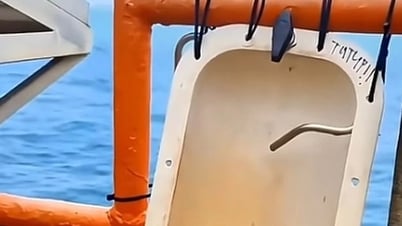















































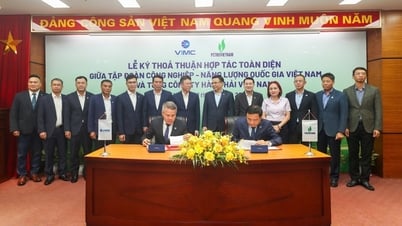

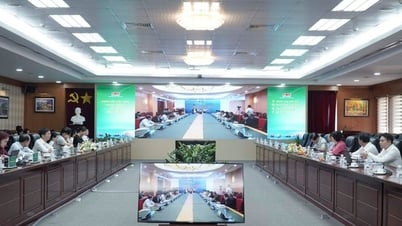
























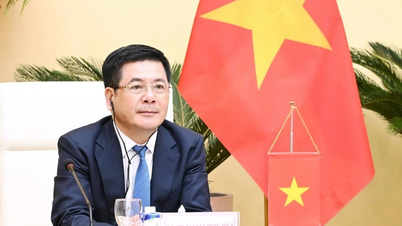

















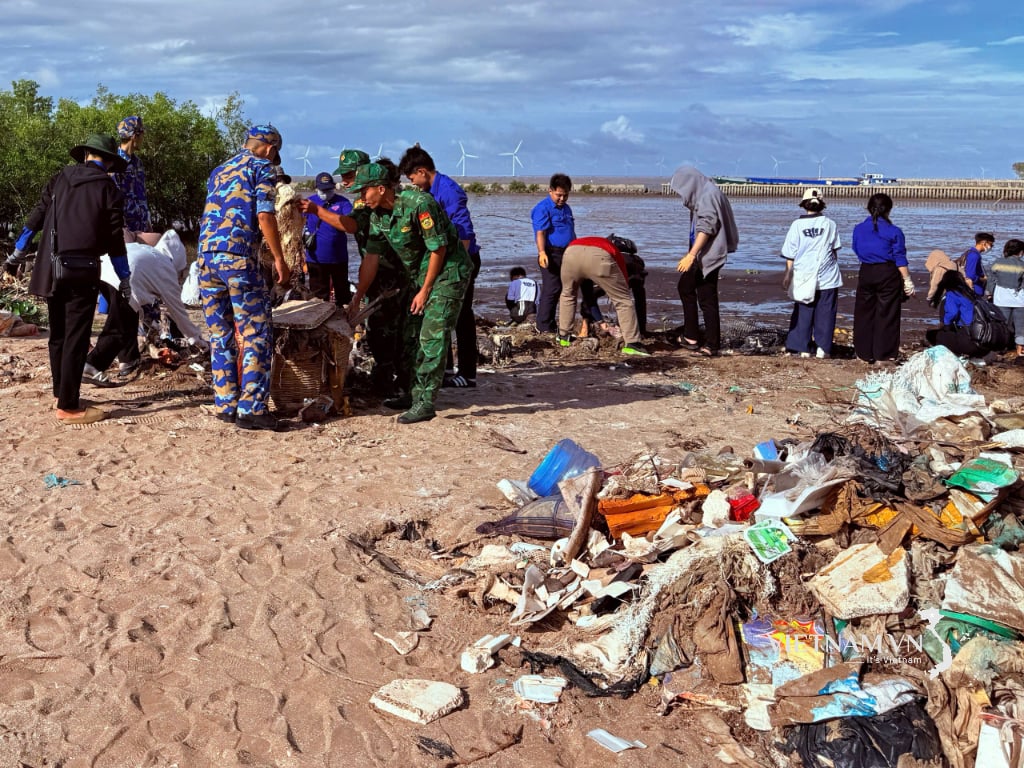
Comment (0)